How to produce a funky French house track
Make a Daft Punk-style house tune
Unlike more rigidly programmed styles of 4/4 dance, ‘filter’ or ‘French’ house - popularised by the likes of Daft Punk, Fred Falke and Alan Braxe - exploits the use of cheeky samples lifted from classic funk and disco records paired with ‘loopy’ or heavily swung drum grooves. This non-clinical approach can be likened to other sample-centric styles such as hip-hop.
In this style of house, then, the main sample is king, with the other elements often being arranged specifically to complement and embellish that core element - or even mask undesirable percussion present in the original sample. This means taking time to place your drum sounds wherever they sound good or ‘right’ rather than slavishly on the grid. Moving entire sections of the drum kit forwards or backwards by a few milliseconds can help to give the drums groove and flavour, for example, as can applying a groove template taken from the original sample itself.
Equally important is the use of effects and edits. While you can always bulk out the sample with extra synths or live instruments, artists like Dmitri From Paris use overt flanging, phasing and chorus alongside clever sample editing to create enough distinct sections for their arrangement from a limited one- or two-bar sample, fleshing out a full track that doesn’t become repetitive.
You can also draw for classic house techniques such as using the kick to trigger sidechain compression which, when applied heavily to a sampled loop, can create a different yet interesting groove from a short looped sample. Backing the sidechain amount off gives a less obvious effect that can add subtle bounce to the mix.
Click here to download the files you need to complete this tutorial.
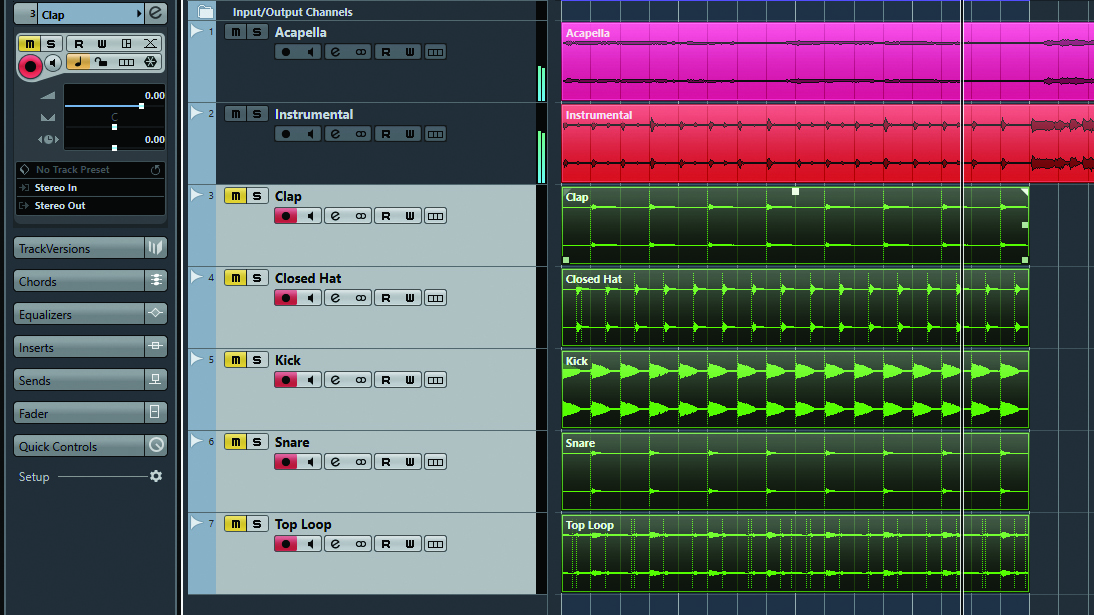
Step 1: French house tracks from the likes of Daft Punk, Alan Braxe and Dmitri from Paris are often based upon a disco, funk or soul sample. Let’s put a quick tune together ourselves. Start by importing the Tutorial Files – a retro, funky instrumental and vocal acapella that’s perfect for this kind of track, alongside a selection of drum stems – into a 124bpm project.
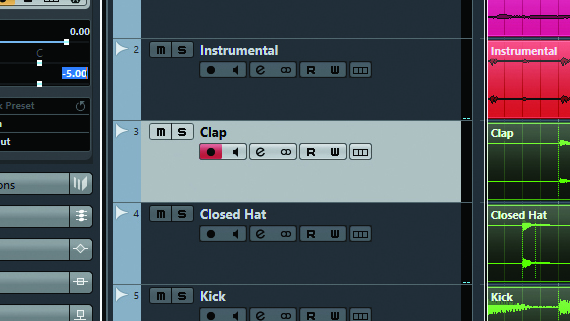
Step 2: We’ll start by looping the first four bars. The drum stems comprise a kick drum, snare and clap, alongside some hats, all of which beef up the original sample, adding a contemporary feel. A bit of track delay on the clap will make it gel with the sample better – set the delay to -5ms to shift it slightly earlier in time.
Get the MusicRadar Newsletter
Want all the hottest music and gear news, reviews, deals, features and more, direct to your inbox? Sign up here.
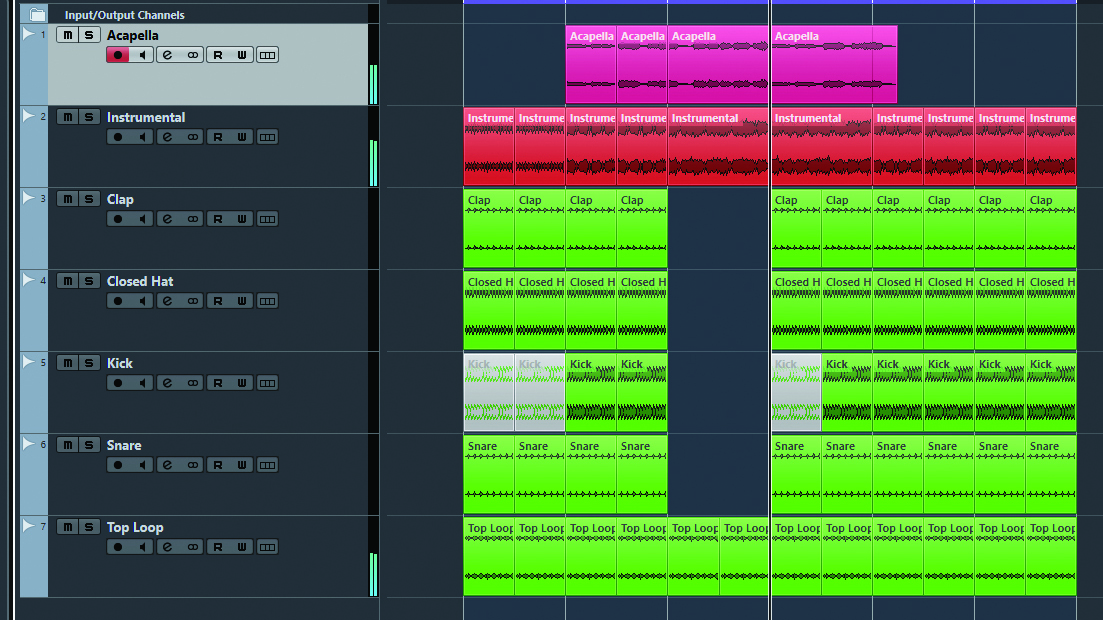
Step 3: Duplicate the drums across the entire arrangement. We can listen to the track, and cut out some sections that can be used to make an intro, breakdown and drop. Take each of your three sections, and create a 16-bar section of them to make a 48-bar arrangement. We can now enliven our arrangement with effects…
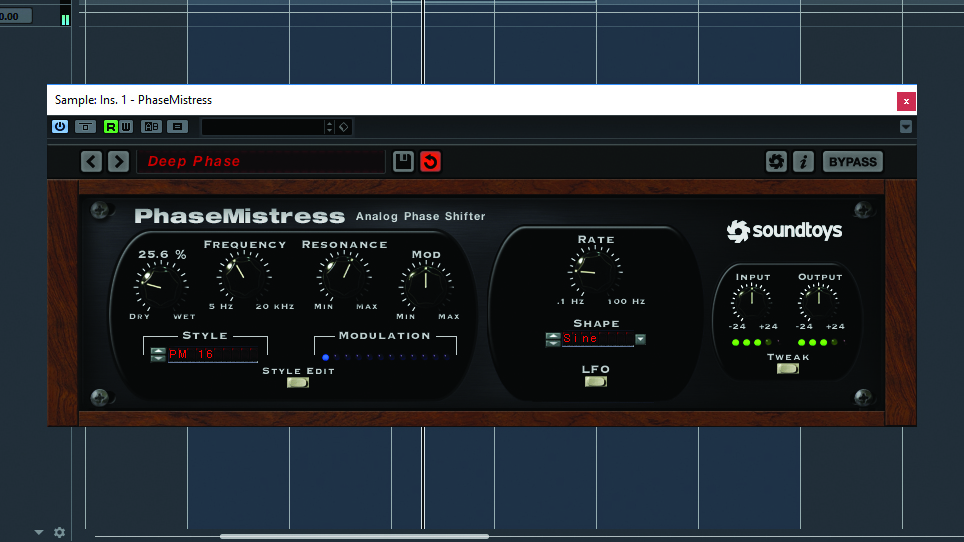
Step 4: Group the acapella and instrumental to one bus, and the drums to another. We can use effects on the sample group to make the breakdown stand out. Call up a phaser plugin (we use Soundtoys Phase Mistress’ Deep Phase preset), then automate the wet/dry Mix and other parameters to give the breakdown a more individual sound leading into the drop.
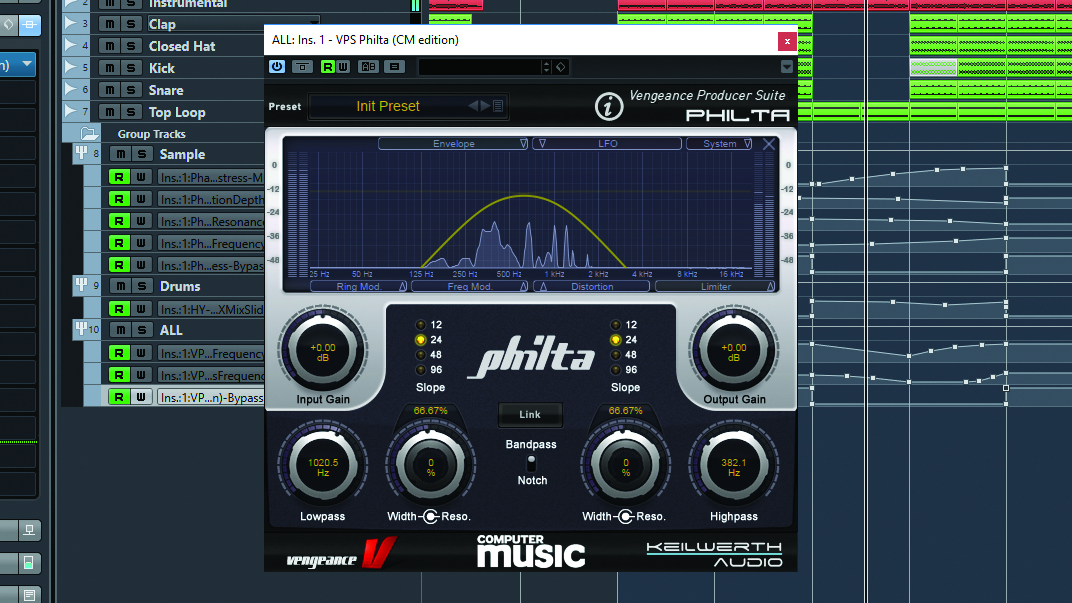
Step 5: Let’s use HY-FX CM to spice up the breakdown drums. Load the plugin on the drums bus and select the Factory 08 preset. Again, automate the wet/dry Mix amount so that the effect doesn’t carry over into the drop. Grouping the sample and drum busses enables us to filter them as one (we’re using VPS Philta CM), controlling the breakdown even more.
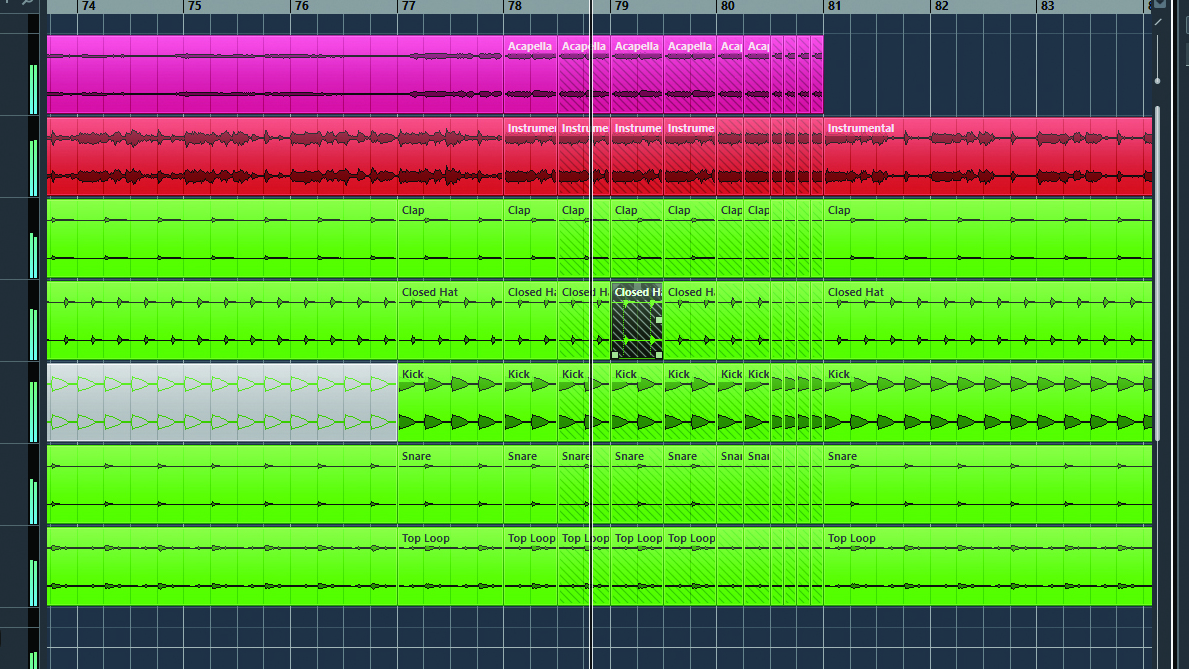
Step 6: We can make the transition from breakdown to drop slicker by editing the audio. Cut up a two-beat section of all the stems before the drop, then use them to create a repeating build-up that gradually speeds up. To finish, make an edit for the last two bars of the drop using the effects we’ve already set up alongside some audio editing.
Computer Music magazine is the world’s best selling publication dedicated solely to making great music with your Mac or PC computer. Each issue it brings its lucky readers the best in cutting-edge tutorials, need-to-know, expert software reviews and even all the tools you actually need to make great music today, courtesy of our legendary CM Plugin Suite.
“From a music production perspective, I really like a lot of what Equinox is capable of – it’s a shame it's priced for the post-production market”: iZotope Equinox review
"This is the amp that defined what electric guitar sounds like": Universal Audio releases its UAFX Woodrow '55 pedal as a plugin, putting an "American classic" in your DAW










